Although, across the nation over the past few years, 'Big Oil' companies have had the opportunity to conduct business as usual without a word (in the news) or penalty of recent 'oil spills'. In light of this, the question remains over the current feud across the Dakota Pipeline:
What measures (technological advancements) are being installed to prevent another oil spill?
The company mentioned in the above article (Tweet) is named 'Energy Transfer' - an oil company out of texas whose roots are in the oil pipeline business. The above question is a fair question. Especially, if we look further at the amount of oil that will be moving across the pipeline per day. Readers of this blog site are used to dealing with the dimensional analysis of large volume oil (and here) and large volume gas spills.
In the paragraphs below (a brief), dimensional analysis is performed to illustrate the potential liability and environmental danger posed by such a massive project. After reading this, you should have a better grasp as to the reason why technology should be used and required to be installed to ensure no oil spills occur in the pipeline.
How Much Oil Is Moved Per Day?
In a recent article in 'The New York Times' titled "North Dakota Oil Pipeline
Battle: Who’s Fighting and Why"
the opposition toward the pipeline was discussed briefly. A few points were made by either side. Here is a video - from the article illustrating the cohesive opposition toward such a project:
As you can see, the project has spurred cohesion among indian nations that might otherwise have not banned together in opposition toward the future pipeline. Given that their interests are shared, the cohesion is expected. In order to understand the dangers at hand with the construction of the pipeline, we must explore the amount of oil that will be moved across the region on a daily basis. Here is an excerpt from the article regarding the flow rate:
The Dakota Access pipeline is a $3.7 billion project that would carry 470,000 barrels of oil a day from the oil fields of western North Dakota to Illinois, where it would be linked with other pipelines. Energy Transfer says the pipeline will pump millions of dollars into local economies and create 8,000 to 12,000 construction jobs — though far fewer permanent jobs to maintain and monitor the pipeline.
At first sight, the amount of jobs created seems worthy of the project. Further, the dangers posed by transporting the oil by truck were also highlighted to motivate the use of the pipeline as shown below:
Energy companies and their federal overseer, the Pipeline and Hazardous Materials Safety Administration, promote the safety record of pipelines. Pipeline companies say it is far safer to move oil and natural gas in an underground pipe than in rail cars or trucks, which can crash and create huge fires.
Yes, the above might be true if the incidents of trucks hauling oil were that frequent. Further, a truck typically carries around a few thousand gallons of oil. This begs the question regarding the pipeline:
How much oil (in gallons) will be transferred per day across the region?
In order to answer the question, we need to convert the amount of oil contained in a single barrel to units of gallons. According to Google, there are 42 gallons of oil per barrel of oil. In an equality, the statement can be viewed in the following expression:
Taking the conversion factor of 42 gallons of oil per barrel of oil along with the volume stated in 'The New York Times' article of 470,000 barrels of oil per day, the following conversion can be carried out below:
Wow! This highlights one of my major problems with the news media. Too often, the preferred units of oil are 'barrels' -- which prevents a true grasp of the actual scale. Why? When I see the number 470,000-barrels, I find the calculation difficult to carry out in my head immediately = 470,000 barrels x 42 gallons/day???? See what I mean?
If I am having trouble, then the average person who has an aversion toward math does not even try. Therefore, the value of the reported statistic gets lost in the news report.
What Is The Problem With A Pipeline?
In the same article above, the motivation to move oil down a pipeline (and construction) was due to the 'inherent' problem or danger with hauling oil in a truck. A typical tanker truck which transports fuel is shown below:
Source: John Hewat from Canberra Australia
The capacity of both tracker and trailer is a whopping 6,000-gallons. Each tank holds an average of 3,000-gallons. In the excerpt above, the danger of a spill associated with transfer in a truck was mentioned.
As a reader, should we believe the excerpt?
How can we verify the inherent danger of hauling oil in a truck?
How about a calculation?
If the above volume being transferred per day of 470,000 - barrels of oil or as calculated 19.7 million gallons is considered for dimensional analysis, the above questions can be answered. In order to compare the relative dangers of transporting oil by truck or in a pipeline, the rate of flow needs to be expressed in units that are within reach.
The number of 19.7 million is meaningless to compare to a potential truck spill on the highway. Why? Because, the value is expressed per day. If a truck can carry a total load of 6,000 gallons over a given distance in a given amount of time, then the relative times should be the same. What do I mean by this? In the unfortunate event of a spill (say an overturned truck) with 6,000-gallons, the typical clean up time would be on the order of hours. Maybe even a day.
In the event of a day, the following statement could be made about comparing a truck full of oil (6,000 gallons) to a break in an oil pipeline. The total damage (in terms of volume) spilled by the truck would be 6,000 gallons. In the case of the oil pipeline, if the spill occurred over a day, then the total would be 19.7 million gallons? Wow. Obvious in this comparison, the safety would be with transporting the oil by truck.
How about a train?
Each tanker rail car like the one shown below holds around 30,000-gallons:
Source: Harvey Henkelmann
How much oil would be spilled per hour in the pipeline case?
To answer the question, the following calculation is carried out to switch units from "gallon/day" to "gallon/hour" is illustrated below:
Over the course of 1 hour, a break in the pipeline could result in the maximum amount of 820,000-gallons/hour. Oh My! Still no comparison to either a train tanker or a truck tanker? Right?
In the article mentioned above from 'The New York Times' the following evidence of recent failures of various pipelines were given. Here is an excerpt below:
But pipeline spills and ruptures occur regularly. Sometimes the leaks are small, and sometimes they are catastrophic gushers. In 2013, a Tesoro Logistics pipeline in North Dakota broke open and spilled 865,000 gallons of oil onto a farm. In 2010, an Enbridge Energy pipeline dumped more than 843,000 gallons of oil into the Kalamazoo River in Michigan, resulting in a cleanup that lasted years and cost more than a billion dollars, according to Inside Climate News.
As you can see, the volumes that are mentioned in a typical oil spill associated with pipelines result in 'hundreds of thousands' of gallons. Not in the 'tens of thousands' like what are transported with either a truck tanker (6,000 gallons) or a railcar - oil tanker (30,000 gallons).
What New Technology Can Be Installed On Pipelines?
Why have regulators refused to come down hard on companies when oil or gas spills occur? Specifically, when a spill occurs, regulators jump up and catch the spotlight on TV along with politicians pointing fingers and promise the american people that "tough protocols" are in store for these perpetrators. Does any real change occur though?
It would seem that with the drop in cost of technology (sensor technology) that these large companies could stick a sensor on many points along the pipeline to measure leaks or breaks. Couple this to installing various valves at more points to prevent large volumes of oil or gas to spill at any one point. Instead, we just see the same stories appearing with values reported in the 'hundreds of thousands' of gallons spilled with no real surprise.
In any of this reporting, there is never any real accurate account of the actual spill or the total cost of such a spill on the environment and economy. I know -- the answer is complicated. Although, the longer the answer takes to figure out, the more of our environment will be damaged by future spills. Lets hope regulators come on strong next oil spill and actually regulate to prevent future spills.
There is no wonder in my mind why these indian nations are protesting. Would you want a giant oil pipeline running over your water? Especially, after hearing about the various spills recently. Something has to be done. Change needs to start now. Change is happening now with the education from this blog post. Go make a difference and be concerned about environmental damage around your house.
Until next time, have a great day!





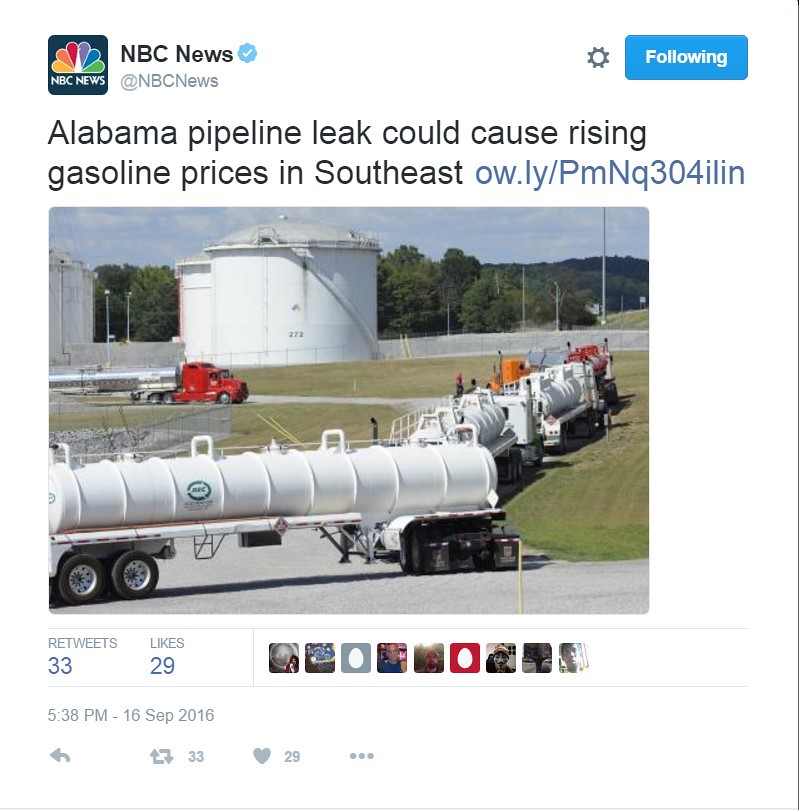
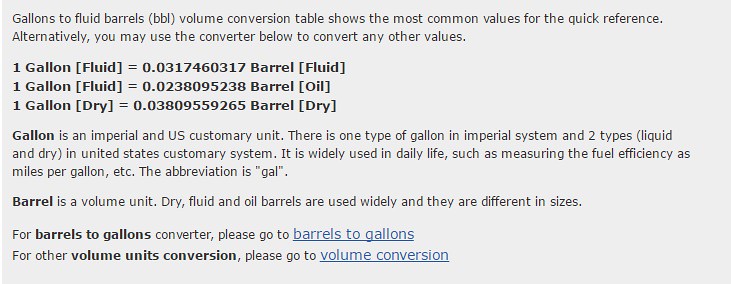
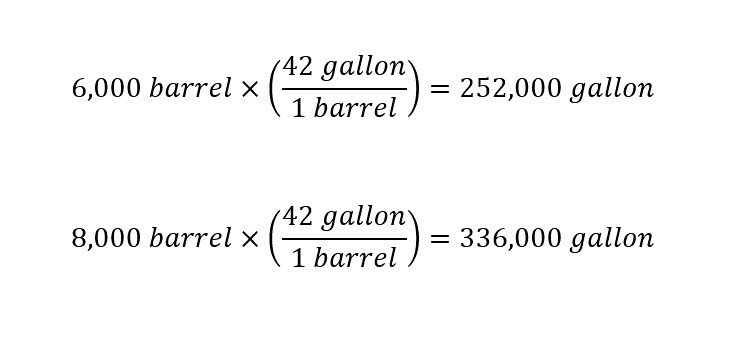
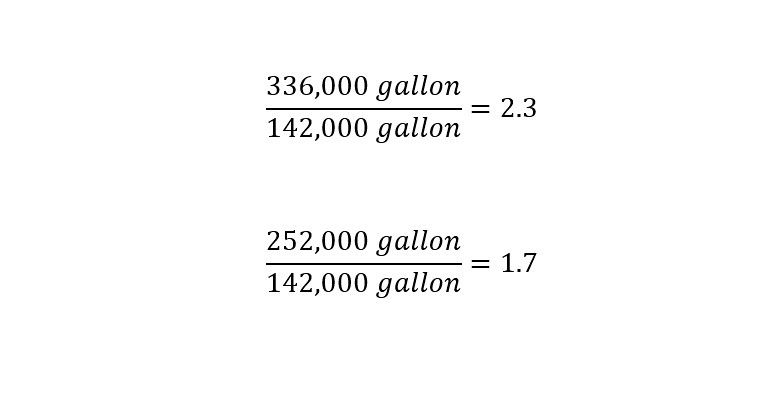
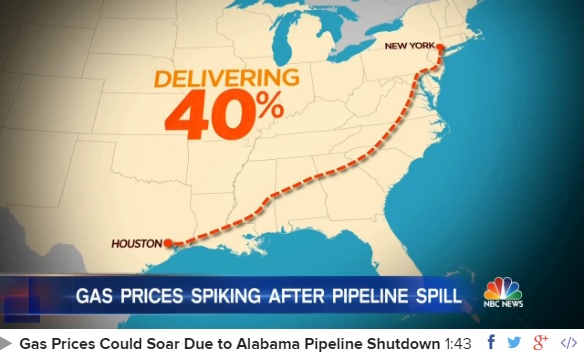
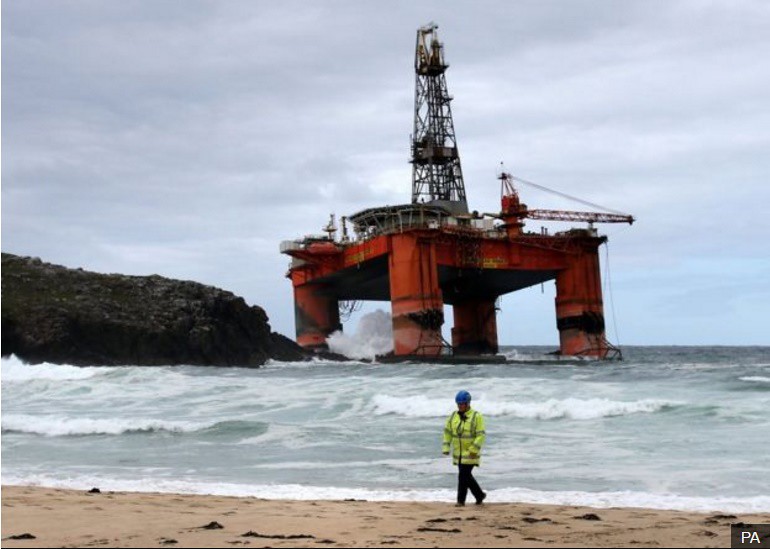
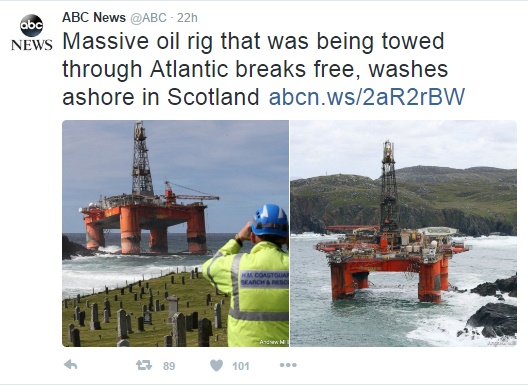

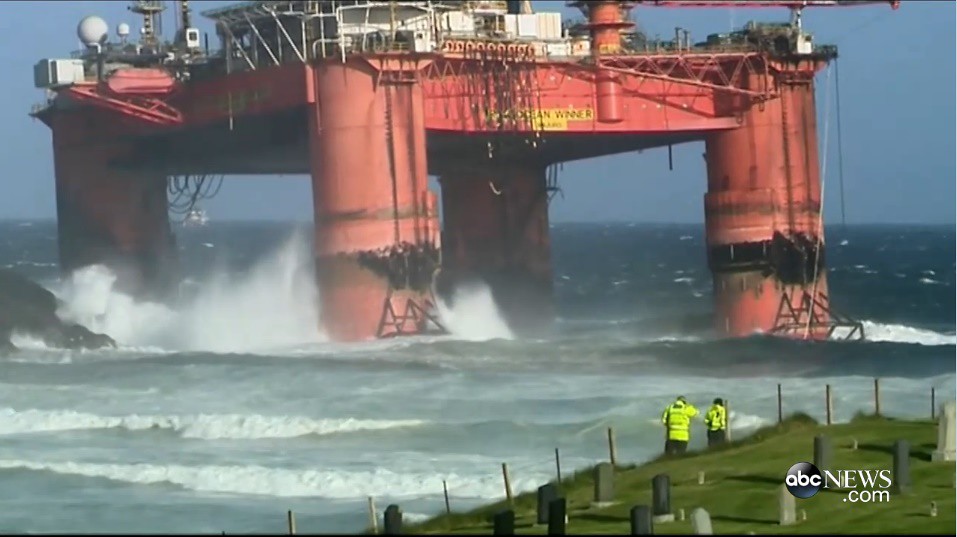




.jpg/800px-Tour_Eiffel_Wikimedia_Commons_(cropped).jpg)


































